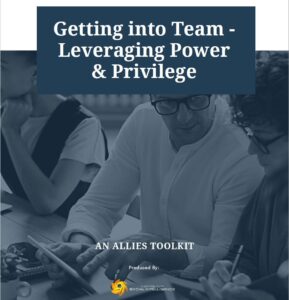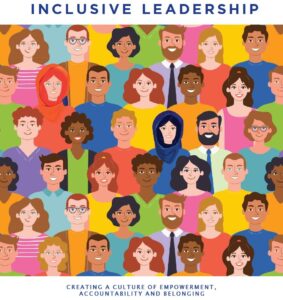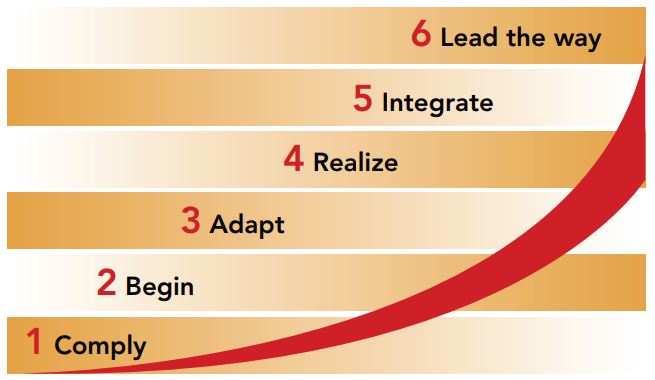Leading companies are focusing on advancing environmental and social aspects of their company and tracking it through their Corporate Social Responsibility (CSR) reporting. Much of the conversation to date has focused on environmental issues and concerns with only recent attention being paid to social issues including board diversity and management diversity. Understanding how to make the social aspects of CSR beneficial to a company’s bottom line has been unclear, however, that is now all changing with the introduction of “social intelligence”.
Social Intelligence is when an organization acknowledges, addresses and invests in the social dimensions of CSR such as gender diversity and inclusion, mental health, and intergenerational issues.
If you refer back to Agenda 21, the genesis report produced by participating United Nations countries back in 1992 that set out to explain what is meant by Sustainable Development, it speaks to these social issues but under different terminology – those being Women, Protecting Human Health and Youth. Social intelligence is a necessary component for any company that truly wishes to achieve sustainable development.
As the founder of social intelligence, I can tell you there is a solid business case to be made. It creates a greater return on investment from employees, yielding higher productivity and thereby increasing the bottom line. By addressing these issues, employees fullest potential can be realized because they feel supported, valued, respected and trusted for their contribution. This in turn creates a dynamic and engaging work environment. Leading organizations understand the need to increase their social intelligence to attract the brightest and the best talent.
Let’s break each area down starting with gender diversity and cultural inclusion. Numerous reports from the Conference Board of Canada among others now clearly show that by having women in senior executive roles and in the trades, a company is achieving greater returns on investment, experiencing less turnover of staff, having greater concern for safety and maintenance of equipment and making less risky business decisions. This translates to more money left in the till, not to mention more accurately reflects Canada’s labour pool.
On the mental health front, knowing that one in five Canadians suffer from some form of mental illness suggests we are working among those who are faced with these issues, but how are we dealing with them? There is a stigma that needs to be overcome to allow people with mental health issues to feel safe and supported. By creating a work dynamic that is sensitive to these issues, those who suffer are less inclined to call in sick or quit. This leads to less turnover costs, and a more engaged work environment. People are seen as humans with real emotions, and are treated with respect and support, not with callous shots by co-workers that they’re not productive enough on a given day.
Last but not least, there are the intergenerational issues that are at play in the workplace. Millenials demand a different type of work environment. One that allows greater flexibility, accountability through results not face time, and the ability to talk with various levels in the organization. Thanks to their ability to reach anyone they want to through social media they have learned that levels and seniority, as the older generation is used to, is meaningless.
How do you ensure your workplace is up to speed on these dynamics so as to ensure you are attracting the best talent possible? First, collect and analyze the data for your company in terms of such things as gender, sick days, turnover. And secondly, identify the kind of workplace you want to achieve, and mobilize employees toward it through a systematic approach to changing how it operates. By doing so, not only will you increase your profits, you will also hit the high mark on your CSR reporting, separating yourself from the competition, while simultaneously creating a happier and more dynamic workplace that attracts the best and the brightest.






